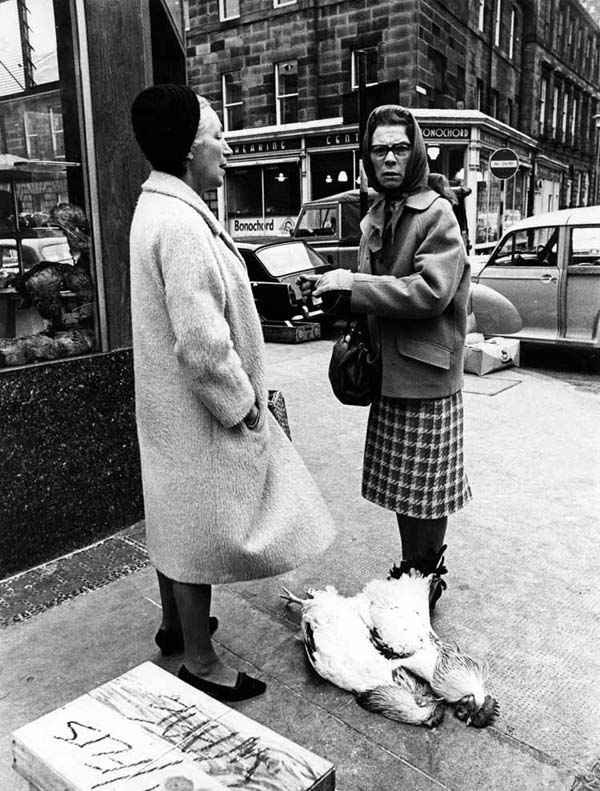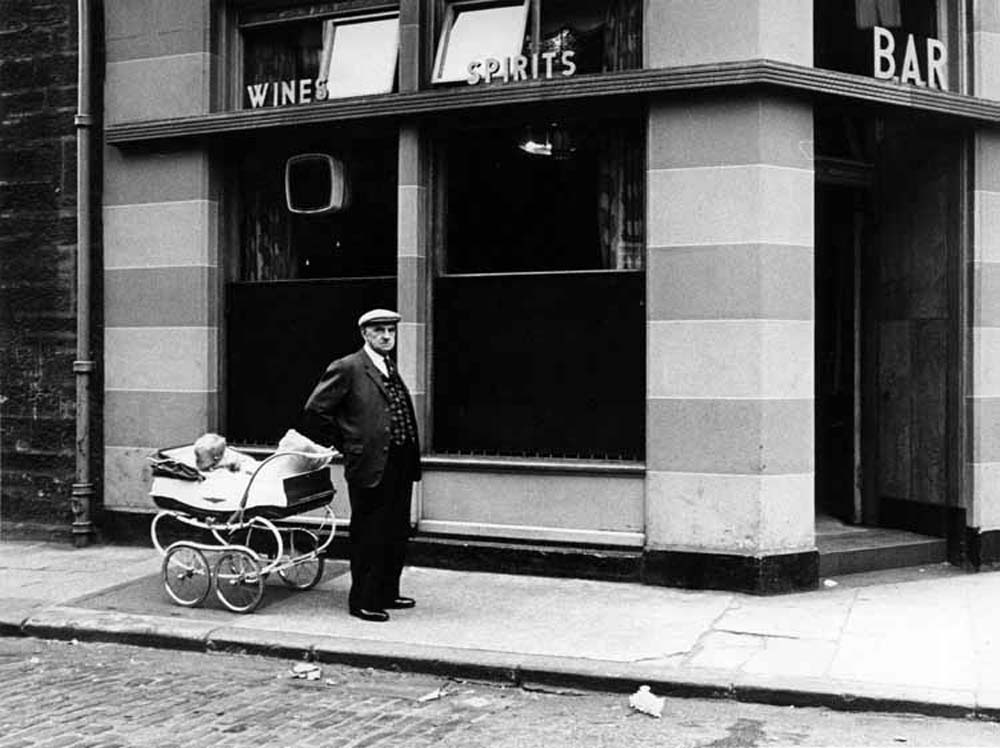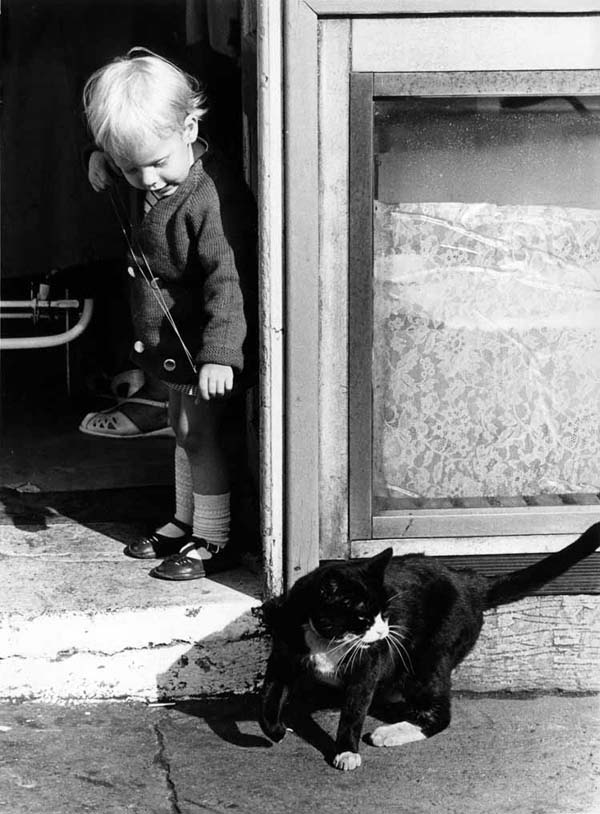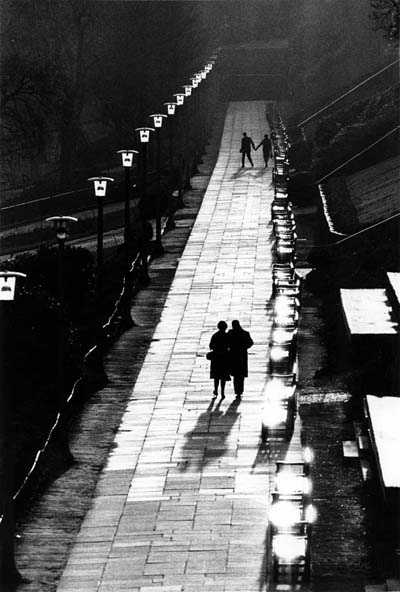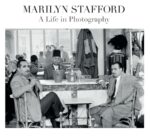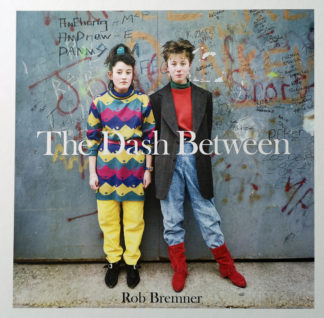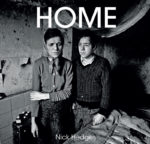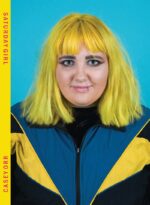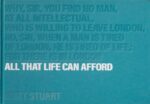Le terme «photographe amateur» est généralement utilisé de manière dédaigneuse, réduisant le travail de cette personne à un simple passe-temps. L’histoire montre qu’il s’agit souvent d’une fausse catégorisation, comme l’illustre la découverte étonnante du travail de toute une vie de Vivian Maier, une nounou de Chicago. Sa collection a donné une nouvelle perspective au genre de la photographie de rue, même si malheureusement la reconnaissance n’est venue qu’après sa mort.
En Robert Blomfield, nous avons un talent similaire méconnu: un homme qui ne pouvait pas arrêter de prendre des photos partout où il vivait et travaillait, capturant avec brio et compulsivité des personnes et des lieux sur pellicule.
Bien qu’une carrière médicale ait été sa première vocation, il a toujours porté son précieux appareil photo Nikon pour enregistrer tout ce qui l’intéressait. Formé en tant que médecin à Édimbourg à la fin des années 1950 et au début des années 1960, il a créé une importante archive de la vie dans la capitale écossaise – de son travail à l’hôpital aux personnes qu’il a observées dans la rue, de la construction du nouveau Forth Road Bridge à le remodelage de la ville elle-même alors que les rues et les logements ont été démolis au nom du progrès.
C’est une archive riche et remarquable, dont une sélection est publiée ici pour la première fois.
The term ‘amateur photographer’ is usually used dismissively, reducing that person’s work to no more than a hobby. History shows that this is often a false categorisation, as illustrated by the astonishing discovery of the lifetime’s work of Vivian Maier, a Chicago nanny. Her collection has given a new perspective to the genre of street photography, though sadly recognition came only after her death.
In Robert Blomfield, we have a similar unsung talent: a man who could not stop taking photographs wherever he lived and worked, brilliantly and compulsively capturing people and places on film.
Although a medical career was his first calling, he always carried his precious Nikon camera to record whatever caught his interest. Training as a doctor in Edinburgh in the late 1950s and early 1960s, he created a substantial archive of life in the Scottish capital – from his work in the hospital to people he observed in the street, from the building of the new Forth Road Bridge to the reshaping of the city itself as streets and housing were demolished in the name of progress.
It is a rich and remarkable archive, a selection of which is published here for the first time.




